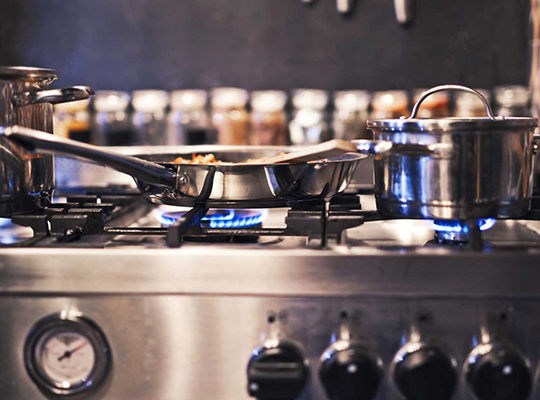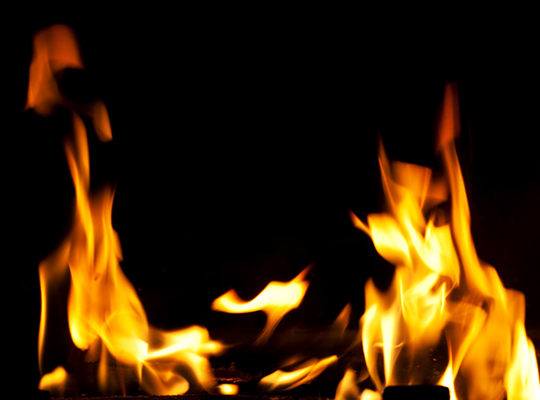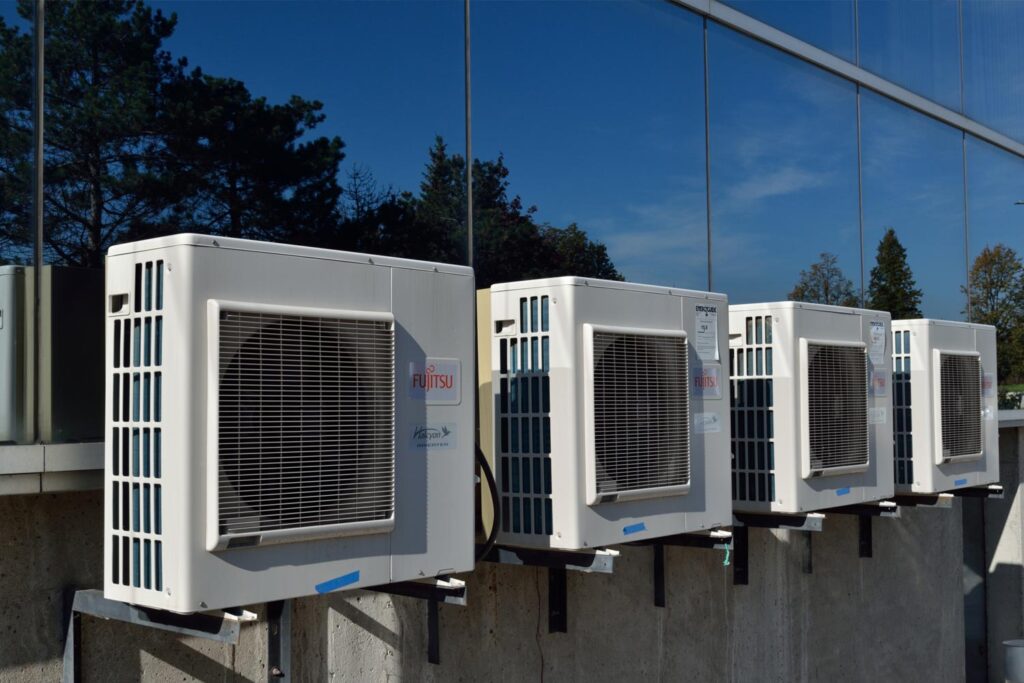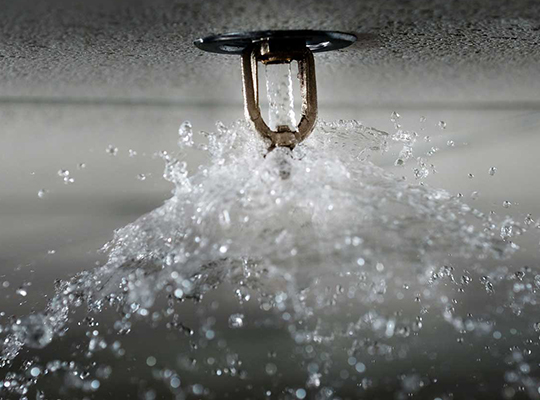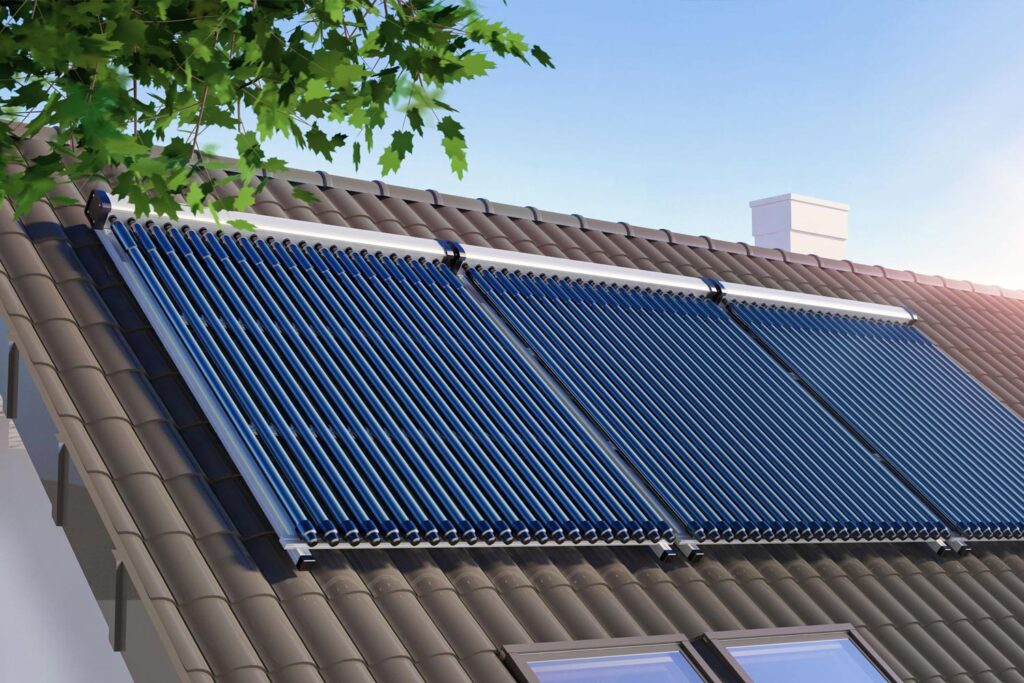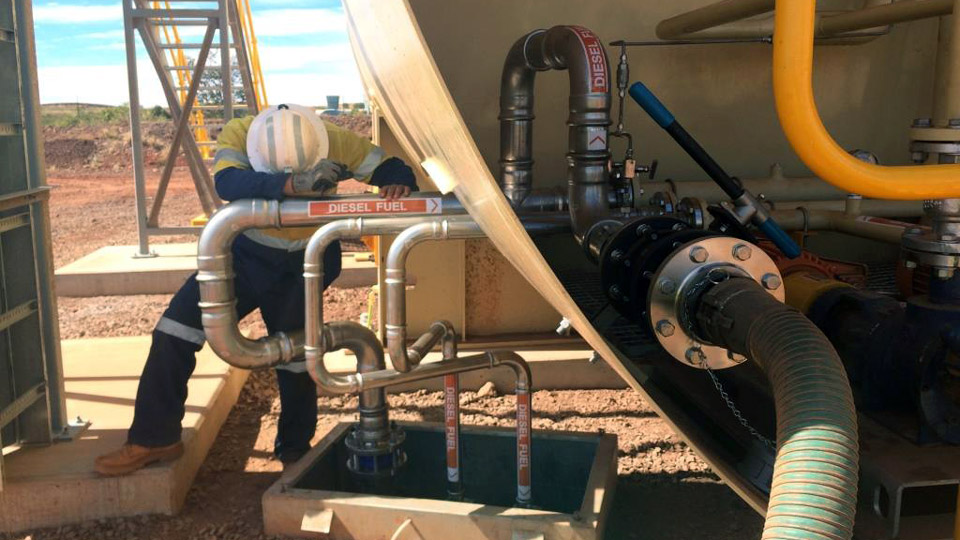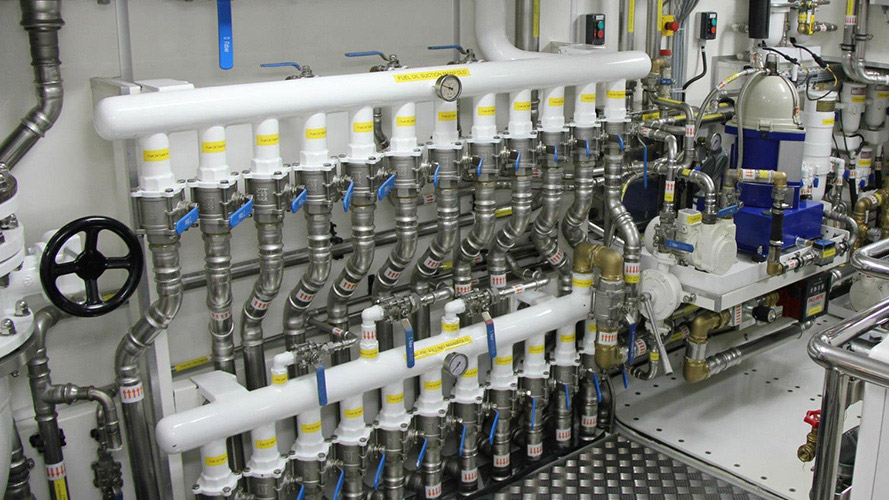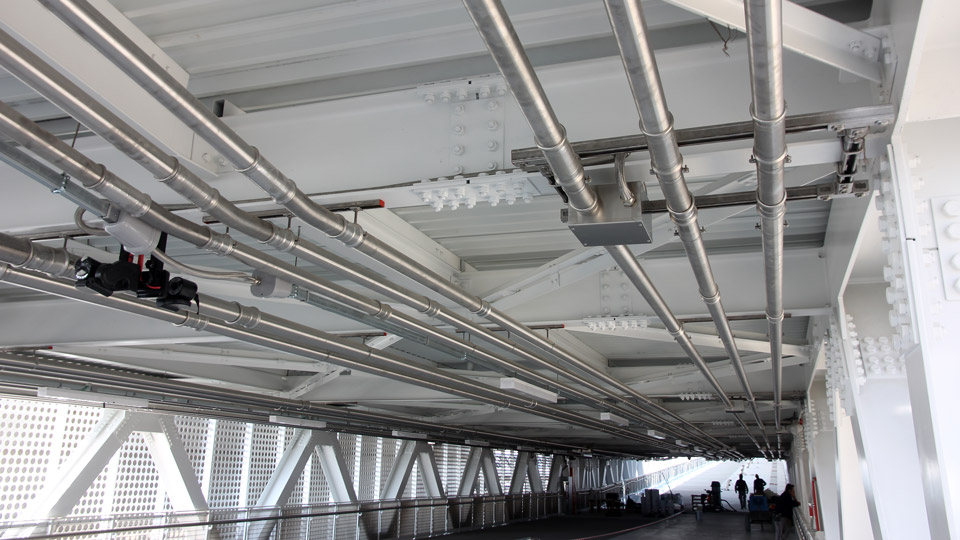The Rhinox Press fitting system is widely used for hot/cold air conditioning in industrial, commercial, hotel, and hospital settings. This system, which uses hydraulic circuits and fan coil terminals, offers several advantages over traditional split air conditioners, including the ability to integrate with renewable energy sources like solar panels and biomass boilers for eco-friendly solutions.
While both stainless steel and carbon steel can be used for circulating hot water, carbon steel is less suitable for chilled water. Condensation on its surface can lead to localized corrosion if insulation isn’t perfect. For this reason, stainless steel (AISI 316L or AISI 304) is the better choice, especially for chilled water applications.


